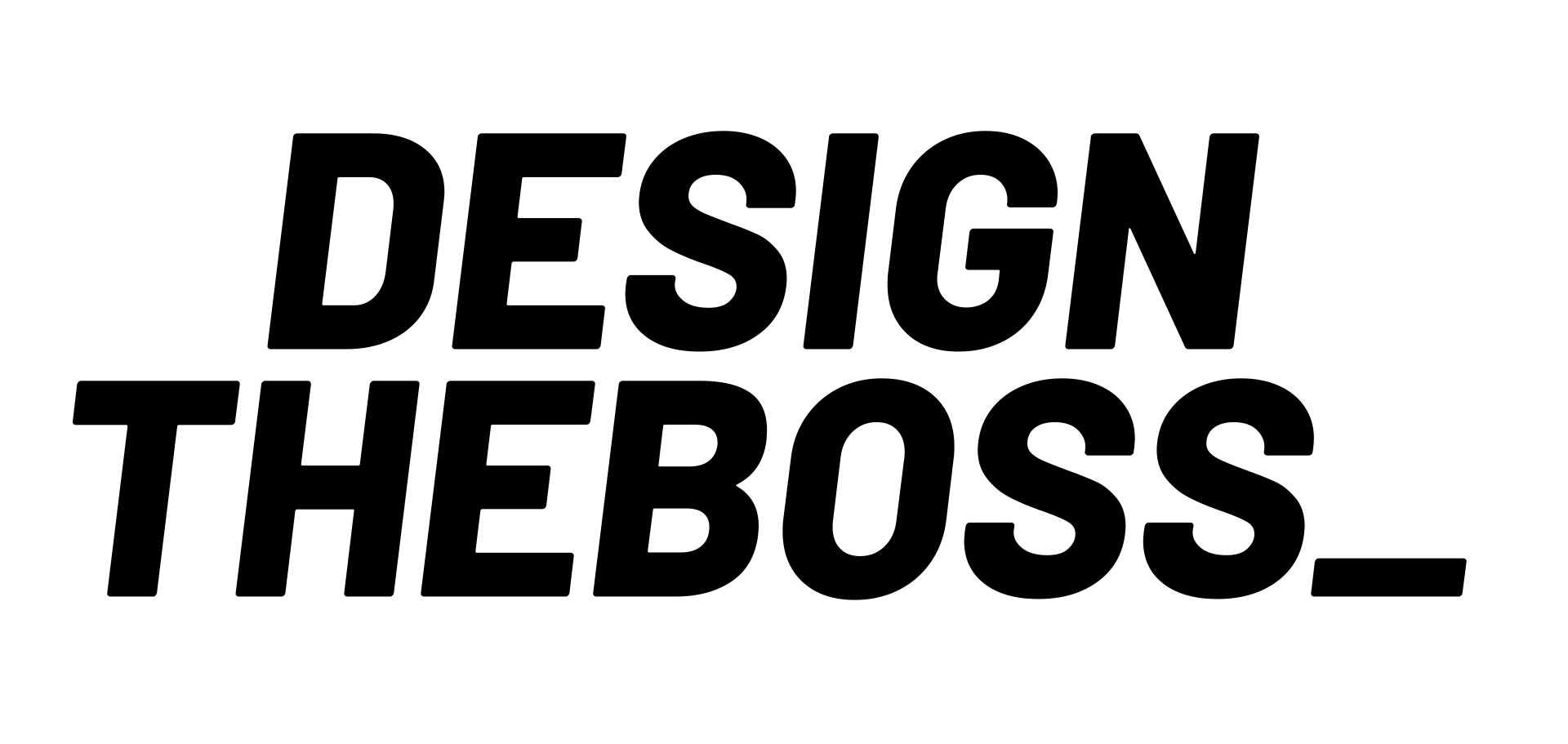
Starting Your Business in Europe: A Step-by-Step Guide
Taking the leap to become your own boss is exciting and rewarding, but it can also feel overwhelming. This guide outlines five key steps to help you navigate the process of starting your business in Europe:
1. Choose a Winning Business Name:
- Brainstorm: Jot down words, phrases, and concepts that capture your business essence, products or services, and unique selling points.
- Check Regulations: Ensure your chosen name complies with local, national, and (if applicable) EU regulations regarding trademarks, copyrights, and business name restrictions.
- Branding Potential: Consider how the name will translate across languages and appear on marketing materials. Opt for a name that’s easy to remember, pronounce, and spell.
- Future-Proofing: Think long-term. Will the name still resonate if your business expands its offerings in the future?
2. Register Your Business:
This step varies by country and business structure. Here’s a general overview:
- Choose a Business Structure: Select an appropriate legal structure like a sole proprietorship, partnership, limited liability company (LLC), or corporation. Each structure has implications for taxes, liability, and registration requirements.
- Register Your Business Name: Depending on your location, you might need to register your chosen name with the relevant government authority.
- Obtain Tax Identification: Apply for a tax identification number (TIN) specific to your country.
- Obtain Licenses and Permits: Research and acquire the necessary licenses and permits for your business type and location. These may include general business licenses, health permits, zoning permits, and others. Contact your local business development office for guidance.
- Open a Business Bank Account: Separate your personal and business finances by establishing a dedicated business bank account. This is crucial for maintaining clear financial records and tax purposes.
3. Craft a Memorable Logo:
Your logo is a visual representation of your brand identity, so choosing the right one is essential. Here are some options:
- Hire a Professional Designer: Consider collaborating with a graphic designer who can create a custom logo aligned with your brand vision. Look for designers on platforms like Upwork, Fiverr, or Behance, or seek recommendations from your network.
- DIY Options: If you’re budget-conscious, explore online logo creation tools. However, be aware that these tools often use pre-designed templates, potentially limiting your logo’s uniqueness and trademarkability.
4. Build a Strong Online Presence:
In today’s digital world, a website is vital for attracting customers and establishing credibility. Here’s how to get started:
- Choose a Domain Name: Select a domain name (your website address) that reflects your business and is easy to remember. Register your domain through a domain registrar like Namecheap, GoDaddy, Transip, Wix, or Squarespace.
- Select a Web Hosting Provider: Choose a reliable web hosting provider that meets your website’s needs. Popular options include Transip, Bluehost, HostGator, and SiteGround. Many providers offer user-friendly website builders and one-click installation of content management systems (CMS) like WordPress.
- Design Your Website: Decide whether to build your website using code (HTML/CSS) or use a website builder or CMS. Platforms like WordPress, Wix, and Squarespace offer customizable templates and are user-friendly for beginners. You can also hire a web developer to create a custom website.
- Test and Launch: Thoroughly test your website to ensure all functionalities work correctly. Once satisfied, launch your website and make it accessible to the public. Promote your website through social media, search engine optimization (SEO), and other marketing tactics.
5. Network and Build Relationships:
Connecting with potential customers and industry professionals is crucial for business growth. Here are some ways to get started:
- Attend Local Events: Network at local business events, workshops, and conferences. Introduce yourself, exchange information, and learn from other entrepreneurs.
- Leverage Social Media: Utilize platforms like Facebook, Instagram, and LinkedIn to connect with potential customers, showcase your brand, and engage in conversations.
- Build Relationships on LinkedIn: Connect with colleagues, potential clients, and industry influencers on LinkedIn. Share updates, participate in discussions, and endorse others’ skills.
- Collaborate with Others: Explore opportunities to collaborate with complementary businesses through joint ventures or partnerships. This can expand your network and reach new audiences.
Remember: Starting a business is a journey filled with learning and growth. Be prepared to adapt, embrace challenges, and continuously seek knowledge. With dedication and the right strategies, you can turn your business dream into a reality.

